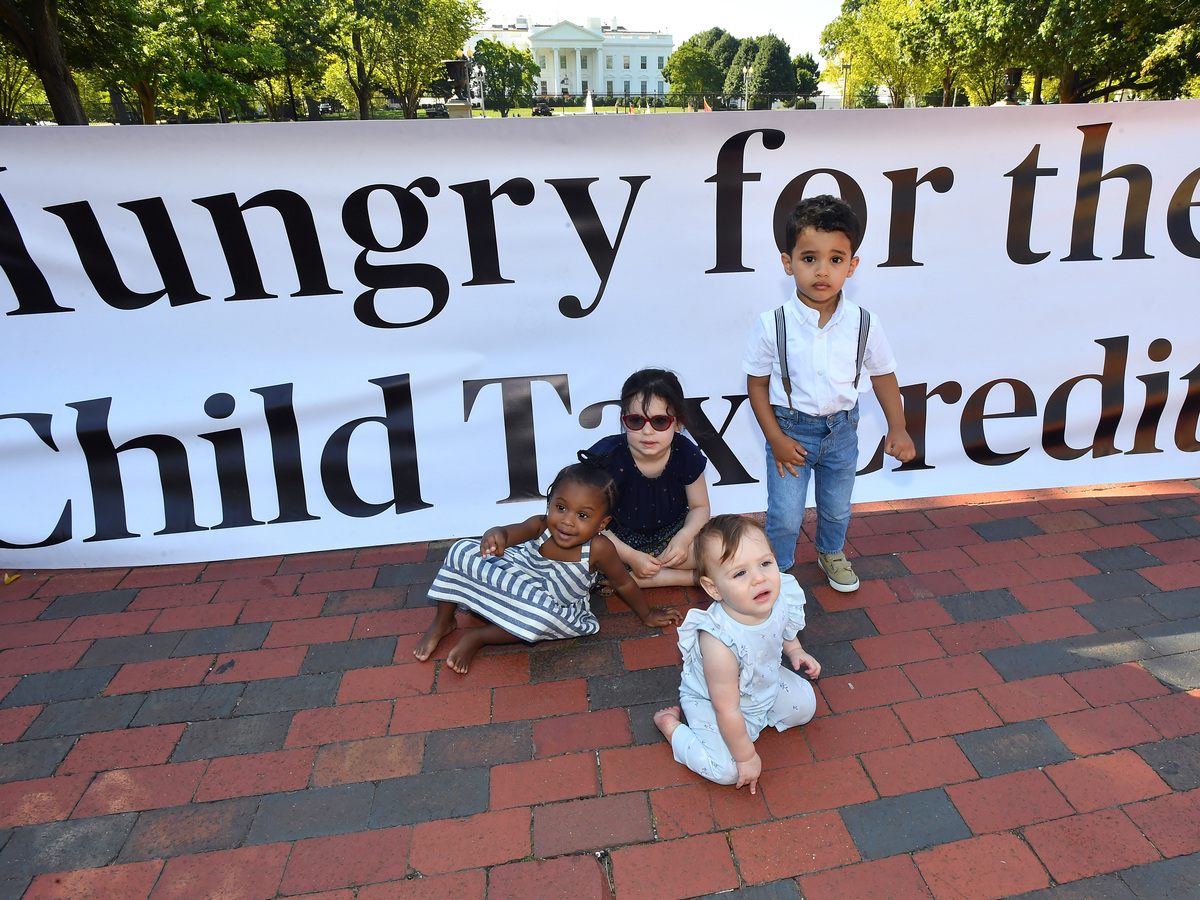
Parents and caregivers gather outside the White House to advocate for the Child Tax Credit in advance of the White House Conference on Hunger, Nutrition, and Health on September 20, 2022. (Photo by Larry French/Getty Images for SKDK) Larry French/Getty Images for SKDK hide caption

Parents and caregivers gather outside the White House to advocate for the Child Tax Credit in advance of the White House Conference on Hunger, Nutrition, and Health on September 20, 2022. (Photo by Larry French/Getty Images for SKDK)
Larry French/Getty Images for SKDKIn the early days of the COVID-19 pandemic, the U.S. declared declared a public health emergency. In an effort to battle the virus and counter the toll of a national shut down, a number of economic and social benefits were quickly made available.
These benefits included stimulus checks, an expanded child tax credit, higher allotments for SNAP (formerly known as food stamps), increased Medicaid eligibility and a freeze on student loan payments.
Child poverty declined 46 percent due to the year long expansion of the child tax credit. When the program was discontinued the rate shot back up again to where it was before the expansion.
For many people who were struggling below or near the poverty line - even before the pandemic - they made a big difference.
But today, now that the public health emergency has ended, so have pretty much all of the federal benefits.
The country proved it was capable of quickly creating and strengthening an unprecedented social safety net that made a measurable difference to poverty. So why did it end ?
Host Scott Detrow speaks with economist Elizabeth Ananat about research into poverty and the effectiveness of social benefits.

 Live Radio
Live Radio